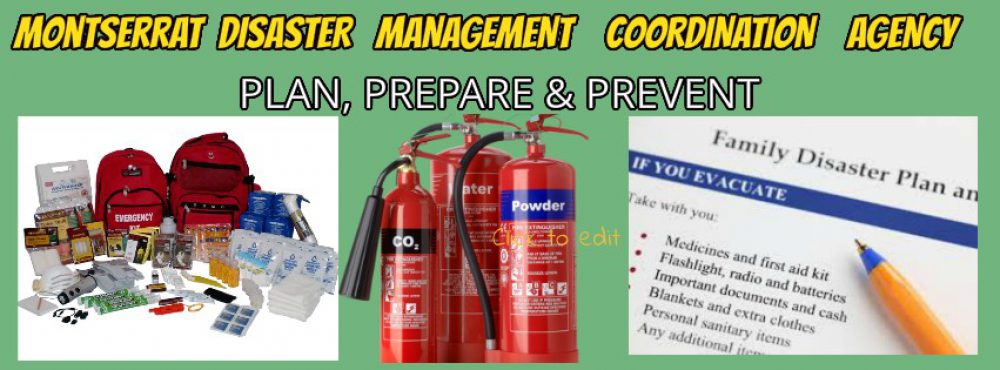Residents are being advised to be cautious and vigilant at beaches on the northern coastline (Marguerita Bay, Rendezvous Beach, Little Bay and Carrs Bay) due to Adverse Sea Conditions.
The Antigua and Barbuda Meteorological Services issued the High Surf Caution today, Thursday, 24 February 2022.
Locations to be affected: Reefs and exposed mainly eastern and northern coastlines with relatively shallow, gently to moderately sloping, nearshore areas.
Timing: Until Sunday for Antigua, Barbuda, Montserrat, St. Kitts and Nevis, and until Saturday for Anguilla and the British Virgin Islands.
Synopsis: Moderate long period swells are reaching the area and affecting mainly eastern and northern coastlines. The threat level to the life, livelihood, property and infrastructure of those using the affected coastlines is moderate, with the potential for significant impacts. These swells are expected to cause life- threatening surfs and rip currents for affected coastlines. A high surf advisory means that dangerous surfs of 2 to 3 metres or 6 to 10 feet will affect some coastlines in the advisory area, producing hazardous conditions.
Seas (significant wave heights): 1.5 to 2.1 metres (5 to 7 feet), occasionally or locally reaching near 2.7 metres (9 feet). Swell period: 9 to 13 seconds.
Swells: Northeast at 1.5 to 1.8 metres (5 to 6 feet) and occasionally higher.Surfs (breaking swells): Over 2 metres (over 6 feet). These conditions are conducive for dangerous rip currents. Please note that surfs could be as much as twice the height of swells, depending on the bathymetry of the nearshore areas.Coastal flooding: High tides combined with onshore wind and swell actions could result in localized coastal flooding and beach erosion.
Potential Impacts: Loss of life–strong currents that can carry even the strongest swimmers out to sea; injuries to beachgoers; beach erosion; sea water splashing onto low lying coastal roads; beach closures; localized disruptions to marine recreation and businesses; financial losses; damage to coral reefs; saltwater intrusion and disruptions to potable water from desalination. High surfs can knock spectators off exposed rocks and jetties.
Precautionary: Beachgoers, especially to the mainly affected coastlines, should be extremely cautious; bathe only where lifeguards are present or the sheltered, less affected beaches, mainly to the south and west. Extreme caution is also required by those using the affected non-beach or rocky coastlines.
Rip currents are powerful channels of water flowing quickly away from shore, which occur most often at low spots or breaks in the sandbar and near structures such as groins, jetties and piers. If caught in a rip current, relax and float. Don`t swim against the current. If able, swim in a direction following the shoreline. If unable to escape, face the shore and call or wave for help.
Continue to monitor DMCA Facebook, Instagram and Twitter social media sites and our website http://dmca.gov.ms for daily weather updates, public advisories and warnings and information on natural and man-made hazards to which Montserrat is prone.
Disclaimer: The Disaster Management Coordination Agency (DMCA) is the national body responsible for coordinating the management of emergencies and disasters in Montserrat, and not an official Meteorological Agency. The Information disseminated by the Department is gathered from a number of professional sources utilized by the DMCA and the Antigua and Barbuda Meteorological Services, the agency responsible for aviation weather products and services for Montserrat.

